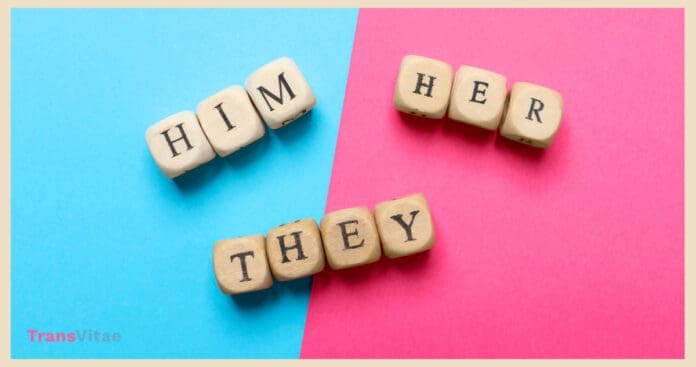Pronouns are powerful. They’re small words that carry an immense amount of respect and validation. For transgender, nonbinary, and gender-expansive individuals, having their pronouns used consistently and correctly is a vital part of feeling seen and affirmed. Yet, navigating the world of pronouns can be complex within relationships, whether they are romantic, familial, or platonic.
As a trans woman, I understand this journey firsthand. Early in my transition, I often felt a pang of anxiety when telling people my pronouns were she/her. What if they got it wrong? Would they even try? It highlighted the delicate balance between asserting my identity and the fear of rejection. This guide is designed to bridge that gap, offering transgender individuals strategies to communicate their pronouns and guidance to allies on how to show respect and genuine support.
Reclaiming Your Pronouns
When it comes to sharing your pronouns, there’s no single right way:
- Be Direct: A simple “My pronouns are she/her” can be incredibly effective. Stating them confidently sets an immediate expectation.
- Lead by Example: Introducing yourself with your pronouns (e.g., “Hi, I’m Sarah, and I use she/her pronouns”) normalizes the practice and invites others to do the same.
- Utilize Your Platforms: Include pronouns in email signatures, social media bios, and wherever possible. Visibility matters!
Talking to Loved Ones
Sharing your pronouns with loved ones can be both exciting and nerve-wracking. Remember, patience is key. Dr. Ashley Austin, a therapist specializing in LGBTQIA+ care, emphasizes the importance of open dialogue. “Explain why your pronouns are vital to your identity. Invite questions, and be prepared for them to need time to adjust.”
It’s also okay to set boundaries. If someone deliberately misgenders you, calmly reiterate your pronouns. If the behavior persists, you have every right to distance yourself. Your well-being is paramount.
To our Allies: Your Support Changes Lives
Being a true ally means continuous action. Here’s how to make a difference:
- Listen and Learn: Let the transgender person in your life guide the conversation; they are the experts on their own experience.
- Practice Makes Progress: Practice using someone’s pronouns privately if you’re unsure. It builds fluency.
- Apologize and Correct: Slip-ups happen. A sincere “Sorry about that, I meant to say, ‘she'” demonstrates your commitment.
- Be an Advocate: If you witness misgendering, correct others respectfully. This takes the burden off the trans individual.
The Power of a Simple Pronoun
I recently shared a meal with an old friend who hadn’t seen me since my transition. Throughout the evening, he flawlessly used my correct pronouns. That effortless respect wasn’t simply about getting the words right; it conveyed, “I see you. I accept you. I celebrate you.”
Misgendering, whether intentional or accidental, sends the opposite message. It erases a core piece of a trans person’s identity. On the other hand, consistently using someone’s correct pronouns becomes a quiet act of revolution. It validates their lived experience and creates a sense of belonging in a world that doesn’t always extend that kindness.
Resources for Further Learning
- The Trevor Project Guide to Being an Ally to Transgender and Nonbinary Youth
- GLAAD’s Tips for Allies of Transgender People
- MyPronouns.org: Resources on Personal Pronouns
This journey of pronouns is one we walk together, trans folks and allies alike. It’s a dance of understanding, practice, and unwavering support. Because in the act of getting it right, we create spaces filled with respect, affirmation, and the boundless power of being truly seen.


